I use a sheet pan nearly every day. Roasting, baking, prepping, and toasting! All this love and attention can take a toll, resulting in an over seasoned pan. You know the ones, with the crusty, burnt splotches. They work okay, but they are unsightly. Over the years, we have developed a three-step approach to keeping our pans shiny. Here are our essential skills for sheet pan care.
NUMBER 1 : PREVENT
The first step is to prevent damage. Lining your pans before cooking will make clean up easier, as the crusty bits can be removed when you remove the lining.
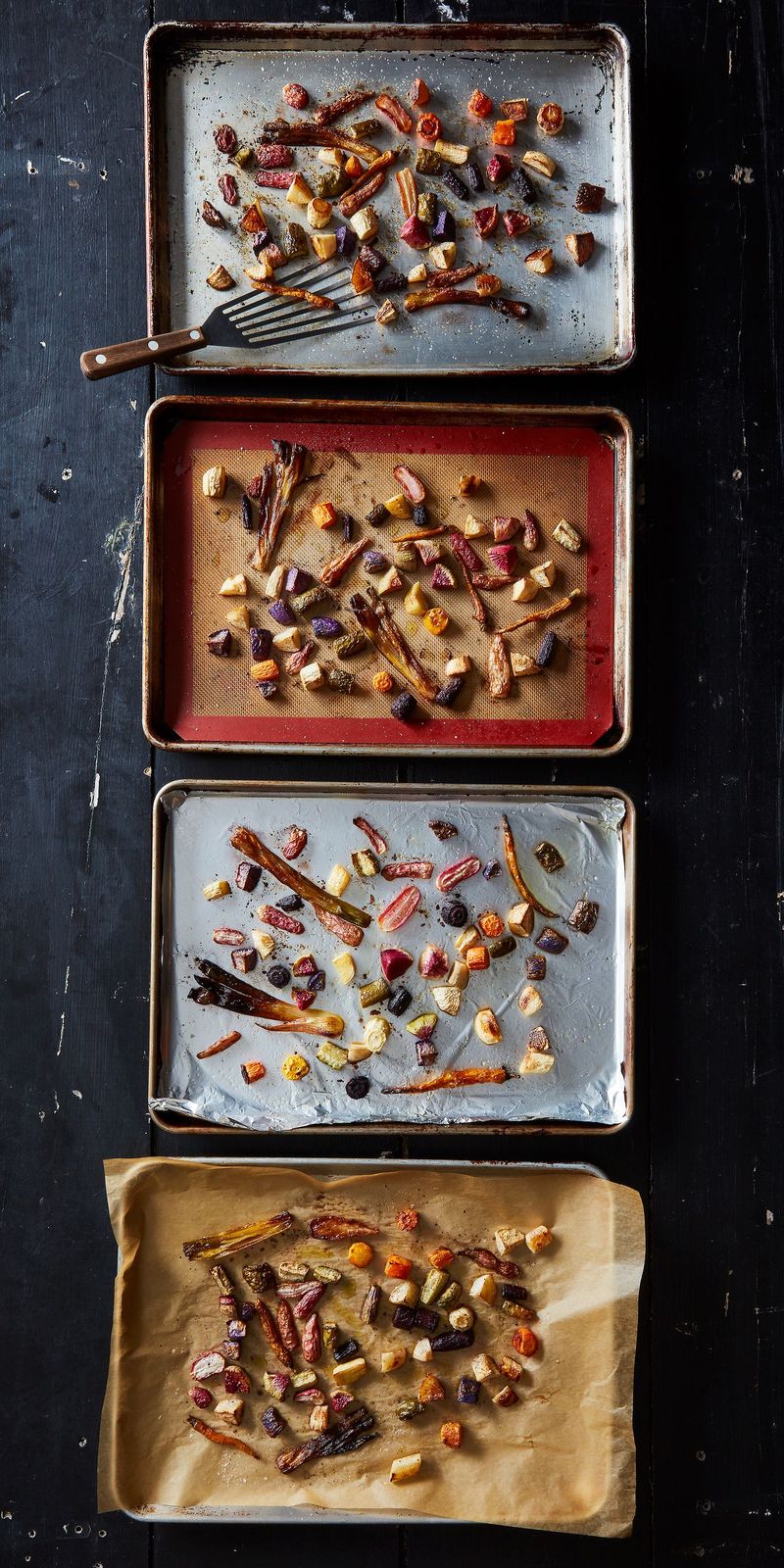
FOIL: Use aluminum foil when cooking meat. Completely line the pan and place a grated cooling rack on top. The meat sits on the rack as it cooks, allowing the fat and juices to drip below. After cooking, simply let the pan and liquids cool, and dump the foil in the garbage. The mess will be contained on the foil making clean up simple. Note: Most aluminum foil is not non-stick. If you cook directly on the foil, make sure it has been adequately greased. I love this heavy-duty foil.
SILICONE LINER (SILPAT): Use a silicone liner when baking sticky and delicate things. Their nonstick properties can not be beat, as any burnt or crusty bits can simply be wiped off. They can withstand temperatures up to 480* F. They are reusable, making them essential for every home baker. Shop our silicone liners here.
PARCHMENT PAPER: Use parchment paper for most of your everyday uses. The thin parchment is coated on both sides with a thin layer of silicone, making it nonstick. It is ideal for baked goods (foil browns too much and Silpats brown too little). It can withstand temperatures up to 450*F , so it can be used for roasting, as well. If the sheets are not too dirty, they can be reused (especially when making cookies). Check out our favorite parchment paper here. Note: Parchment paper is NOT interchangeable with wax paper! Wax paper has a thin layer of wax coating the paper, which will melt when used in the oven!
NUMBER 2 : AVOID
Our second tip for preserving the shiny aluminum, is to avoid these three things:
SHARP KNIVES: Cutting directly on your pan with a knife or a pizza cutter will leave permanent damage. If possible move your food to a cutting board prior to cutting. You can also use a plastic spreader or spatula to cut your food, if it is soft enough.
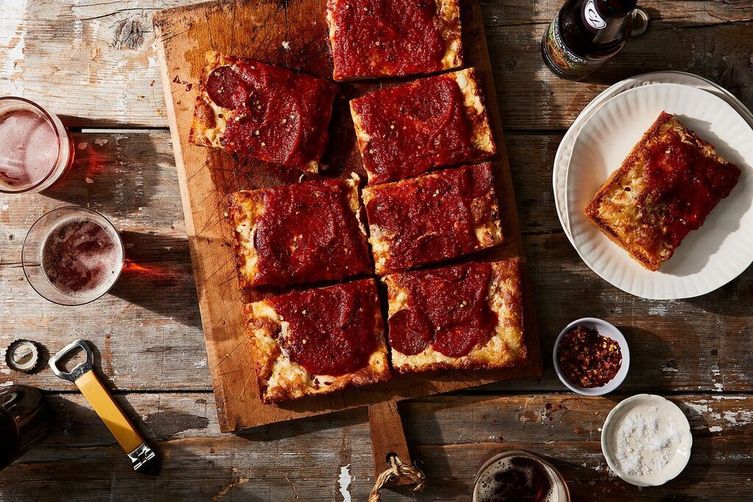
COOKING SPRAY: The propellants in aerosol cooking spray can cause damage to your pan. When you spray your pan, it covers the entire surface. Then you place your food on the pan, but there are still areas covered in spray that do not have food on them. Then, as your food cooks, the remaining cooking spray becomes a brown, sticky mess on your pan. Overtime, this becomes more stubborn to remove. An alternative is to make sure your food is adequately oiled or you can line the pan prior to cooking.
DISHWASHER: Washing any aluminum pan in the dishwasher will forever alter the condition of the aluminum. The harsh detergents will oxidize the metal, resulting in a splotchy, spotted white appearance. The same is true for any aluminum that has not been anodized. Hand washing is the best option!
NUMBER 3: CLEAN
Messes happen. Dirty happens. And it’s okay. There are a few great ways to clean your pans, should they start to season more than you prefer.
SOONER IS BETTER: Try to clean your pans after use. If you use your pan with dirty spots on it, those spots will continue to harden, making cleaning more difficult later on.. Using a simple green scouring pad or a steel wool, you can remove most bits of food.
BAKING SODA AND HYDROGEN PEROXIDE: This method went viral. We first spotted it here. The basic method is to cover the area you are trying to clean with a layer of baking soda. Spray over that with hydrogen peroxide and top with another layer of baking soda. Then let it sit! At least two hours. Then you can use a scouring pad and water to wipe away the grime. This method is great for spot treating, if you have time to let it sit (I do it before going to bed, let it sit overnight, and then clean it in the morning).
BAR KEEPER’S FRIEND: This cleaning product, available at most grocery stores, works wonders on many surfaces in your kitchen. You can purchase it in a powder or liquid form. You simply pour it on the pan and then scrub with a scouring pad. You will be surprised at how easily the grime is removed. Be cautious with how abrasive your pad is. Something too aggressive will scratch the aluminum. Find Bar Keepers Friend at most grocery stores or on Amazon.
One last note….
There is nothing wrong with a ‘seasoned’ pan. In fact, I reach for my darkest pan first. I think of all the goodness that has been created on that surface. I am grateful for mouths that have been fed from its service. And most importantly, I am proud of the things I have cooked.
So, regardless of the condition of your pans, get yourself in the kitchen and enjoy the process. Today and everyday.

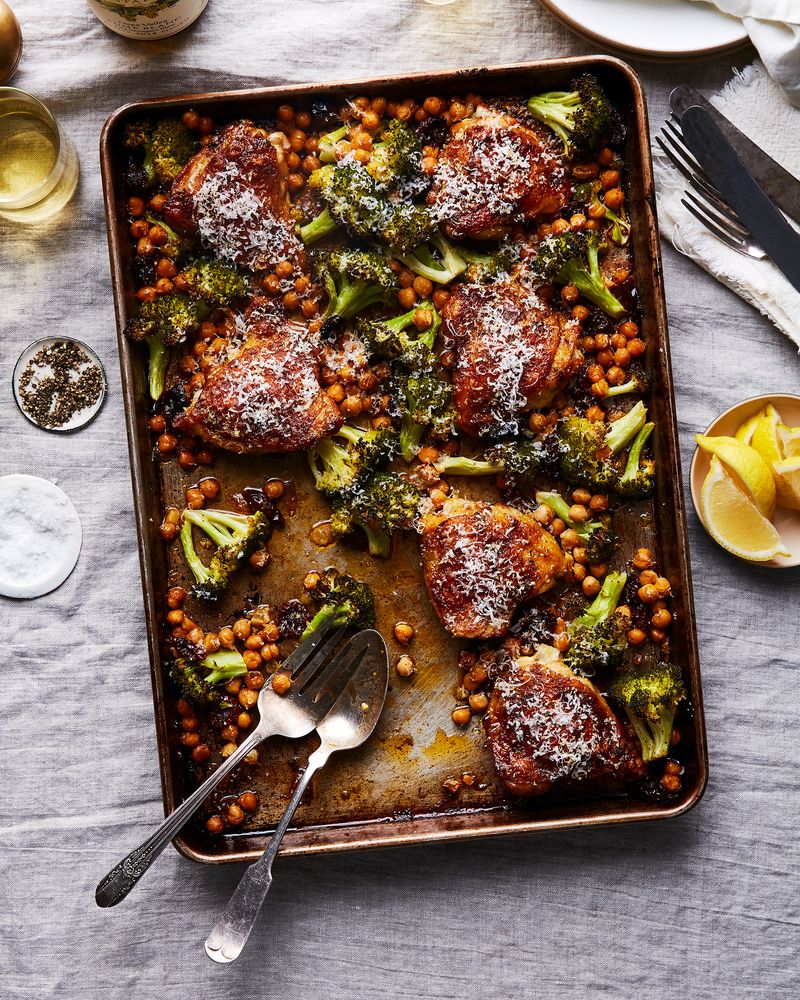
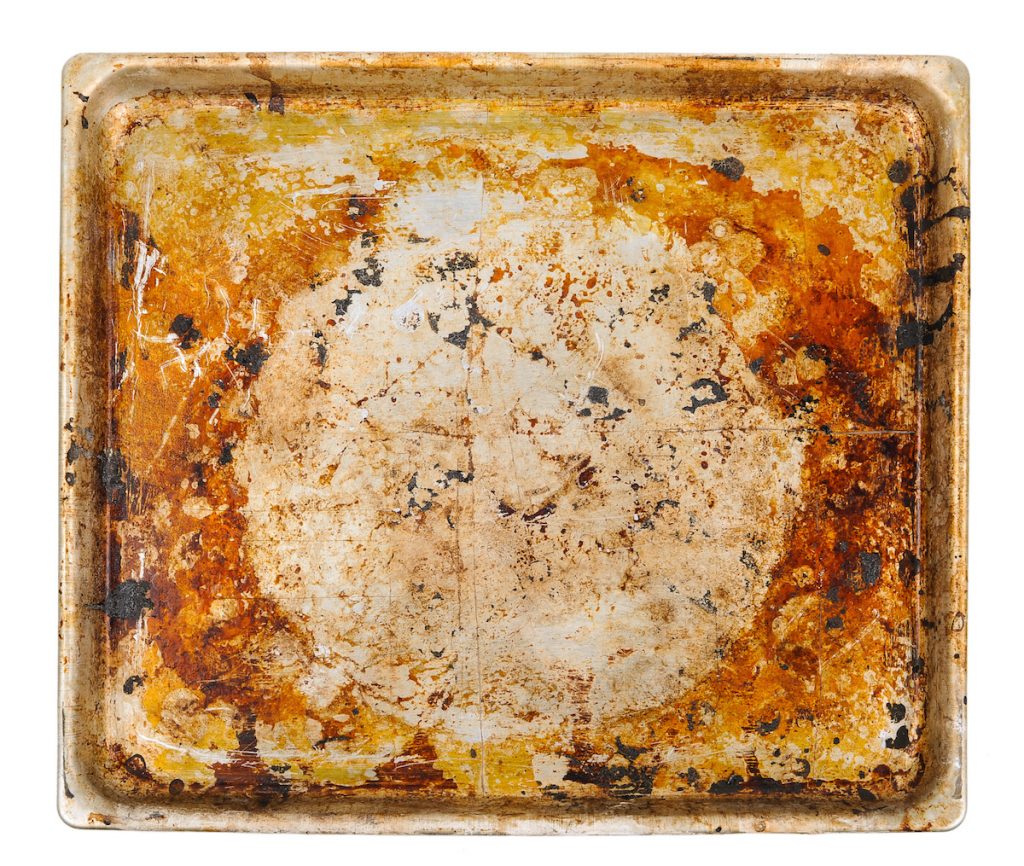

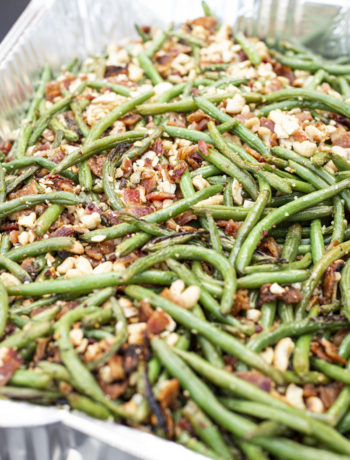
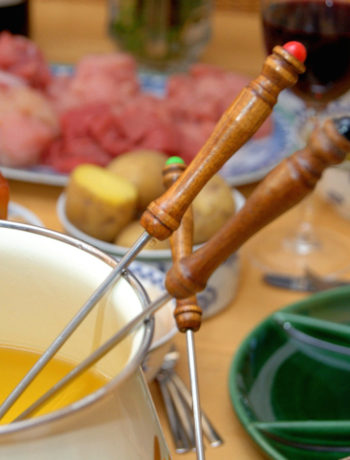
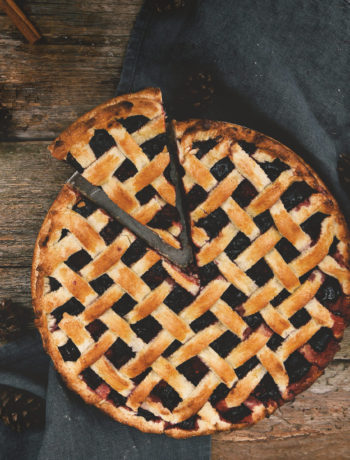
Linda
February 8, 2020 at 12:24 amThe temperature an oven reaches during the self cleaning cycle is over 800°which is almost double the recommended high temperature for the sheet pans which is 480°.
All the ovens I’ve investigated tell you to remove all pans and the oven shelves before running the self clean cycle.
The prolonged extended intense heat could damage the pans and racks as well as the oven itself.
I would recommend everyone look at the owners manual for their oven before using the self clean cycle.
Mariadelpilar Anderson
January 30, 2018 at 12:37 amI love my pans I always try to keep and good condition Today was a wonderful information I received how take care the sheets pans .
Thank You for your Information You giving to us I was looking for this long time ago .
Sincerely
Pilar Anderson.
Gloria Bratton
January 29, 2018 at 11:01 amI found that when I clean my oven, I include my baking sheets. I put them upside down on a rack (1 per rack) then turn on the auto oven clean. Clean oven, clean sheet pans too.